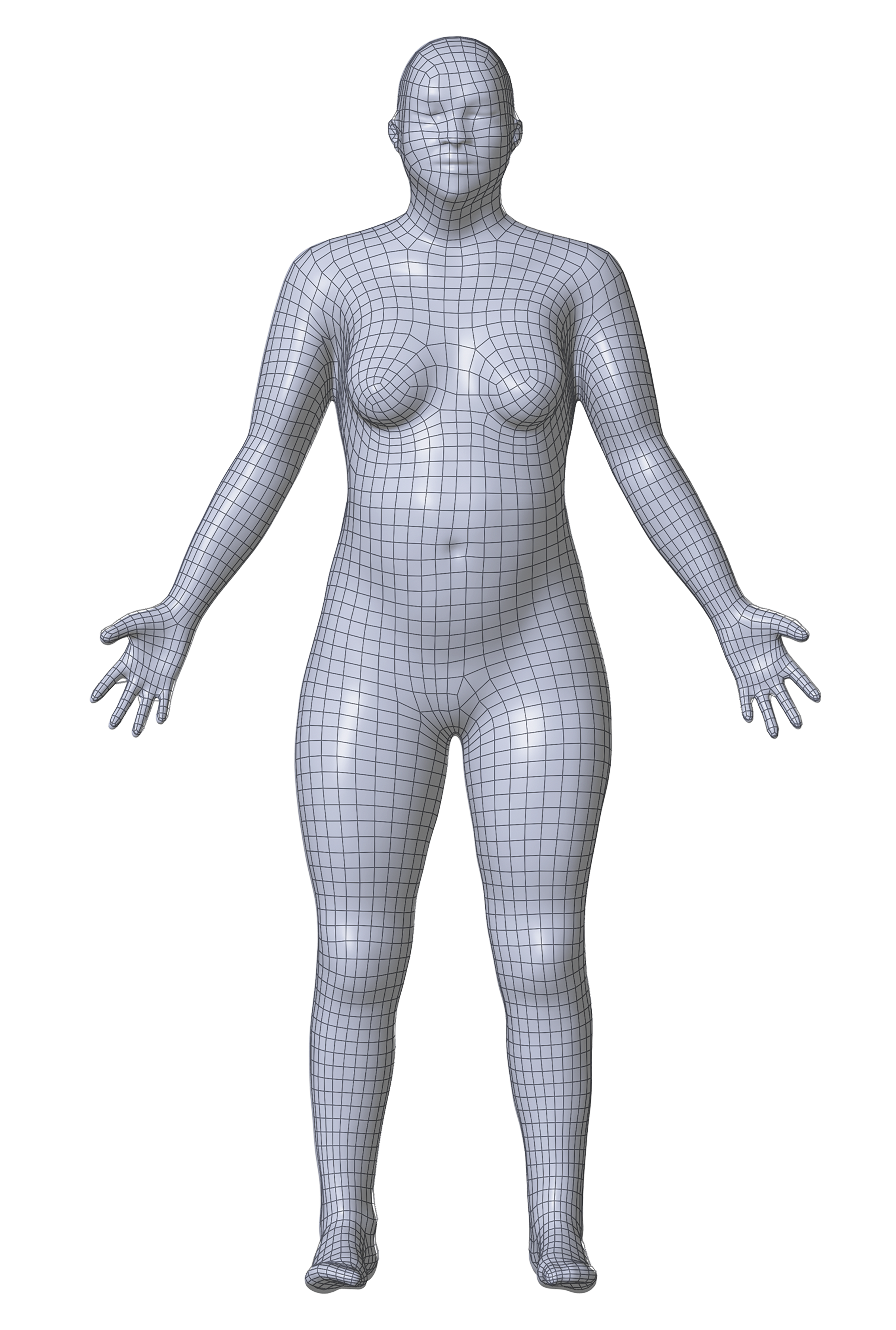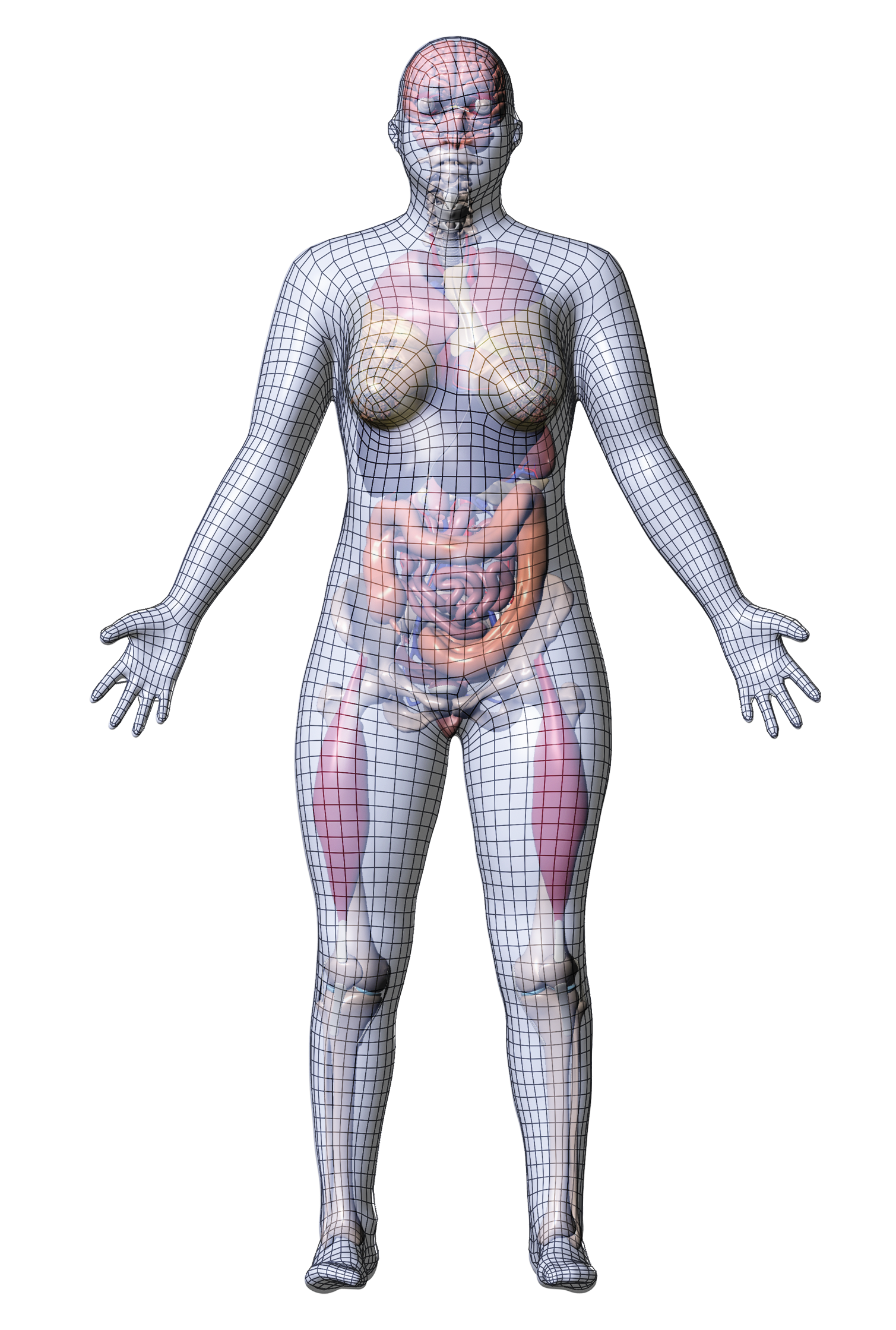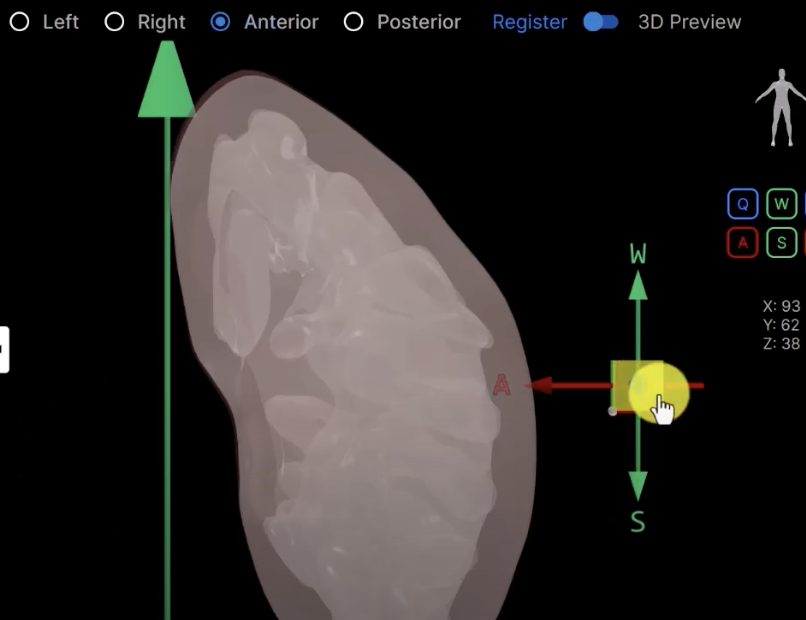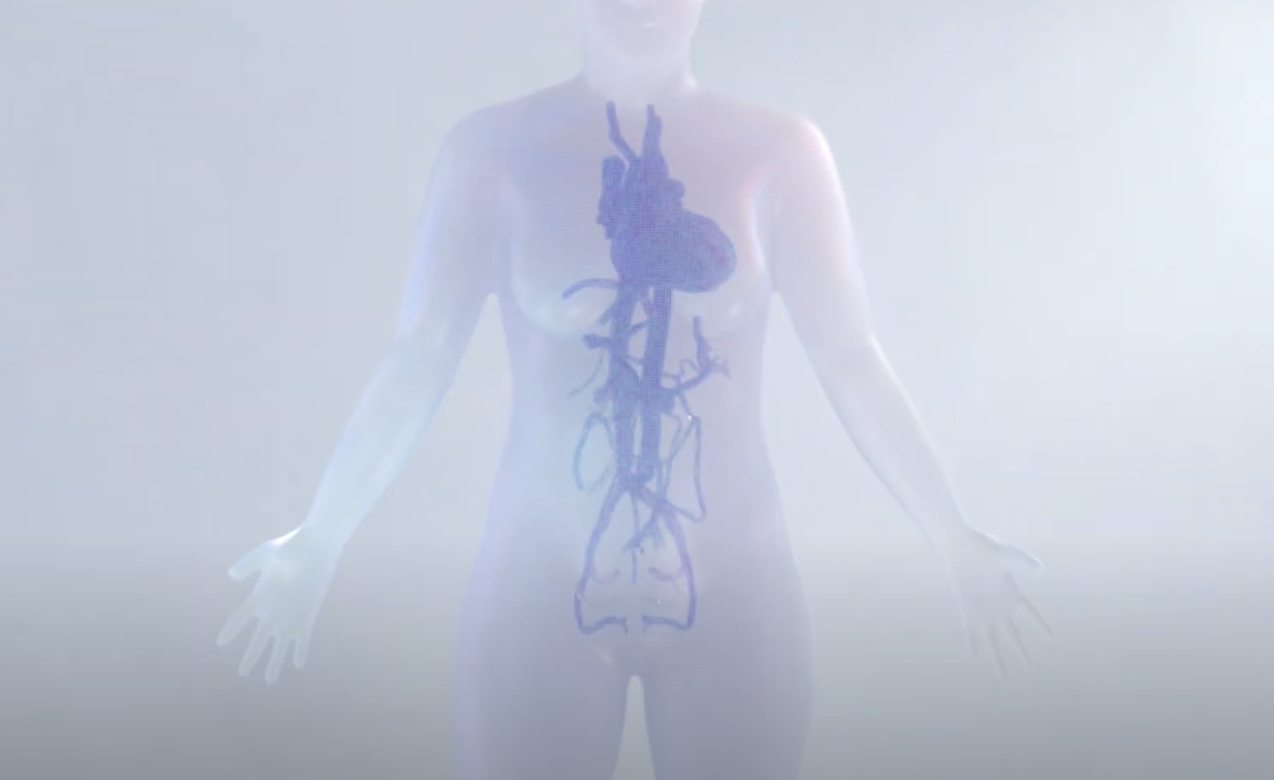Squiggy: You know, CeCe, I don't usually like to travel, but I do like our
visits to the kidneys to see our new friend Mac.
CeCe: You said it, Squig old buddy! And I love it that Mac decided to finally
get to know his local community by throwing a tissue block party.
Squiggy: I'm just so happy he's finally gotten over his shyness and is out
meeting new cells!
CeCe: Not so fast, Squig. Something tells me that Mac might not quite be over
his social anxiety yet!
Squiggy: Uh, Mac, is that you?
Mac: Oh, drat! I've been discovered!
CeCe: Mac, why are you in that ridiculous disguise? Aren't you supposed to be
hosting a tissue block party?
Mac: But that's the problem! I had just started getting ready when I was hit by
a number of disturbing questions.
Mac: Who were these cells that all lived on my tissue block? What did they do?
What were they like? What could we talk about?
Mac: In short, my friends, I suddenly realized I did not know who lives around
me.
Squiggy: That's not a problem, Mac. How about the three of
us go door-to-door and meet everyone one at a time?
CeCe: No can do, Squiggy. Depending upon the size of Mac's tissue block and
its location in the kidney, there could be millions of cells!
Squiggy: Aargh! That's way too much walking!
CeCe: Don't lose your ribosomes, Squiggy. I think I know something that will
help us out.
Squiggy: Oooh, I bet it has something to do with the Human Reference Atlas.
Mac: What makes you say that, Squiggy?
Squiggy: Exploring the HRA is kind of our thing, Mac.
CeCe: Right you are, Squig! We're going to use the HRA to help Mac get to know
his community.
CeCe: We just have to jump down here!
Squiggy: Hey, I remember this place from the time we rescued that lost
tissue block! Isn't this the RUI?
CeCe: That's right, and this RUI, or Registration User Interface, is where our
story begins.
Mac: That's the kidney! That's where I live!
CeCe: And if I'm not mistaken, your tissue block is right
here.
CeCe: Alright, let's place Mac's tissue block in the correct location on the
3D reference organ.
CeCe: When we do that, we'll see a list of the anatomical
structures within
the kidney that the tissue block collides with.
Mac: Are you saying that the tissue block where I live
intersects all of those
anatomical structures?
CeCe: That's exactly what I'm saying. So it's a good idea
to
learn a bit more
about them.
CeCe: The HRA has already collected quite a bit of
information about these
anatomical structures from experimental datasets.
CeCe: Experimental datasets are tissue data from healthy
donors for which
it
is possible to derive cell counts.
CeCe: These datasets are typically found in
scholarly
papers
or in online
collections of data, which are called portals.
CeCe: Now, if you add all that data to the spatial data collected when
researchers register tissue samples using the RUI, then we get a pretty good sense of which cell
types
appear in a given organ.
CeCe: We can even get an estimation of where in the organ
they appear. And
that estimation gets more accurate the more data is collected from studies and tissue registration.
CeCe: For instance, Mac, if we pull out the two anatomical structures where your tissue block is mainly located—the renal pyramid and renal papilla—we can see the cell types you'll likely find nearby.
CeCe: Each color in the 3D anatomical structures represents a different cell type. And the population size of each cell type is approximated in the graph below.
Mac: Wow, that's so many cell types to learn about! I'm overwhelmed!
Squiggy: I can't believe I'm the one saying this, Mac, but you really
need
to relax.
Squiggy: Just pick a cell type with a high population and start from there. It looks like the cell type represented by the lime green color has a pretty high population.
CeCe: Squiggy's right, Mac! Just start there and then move on to the other populations. It'll get easier as you go along!
CeCe: You can learn about a cell type's structure, its function, its
relation
to other cells…all that cool stuff.
Mac: Yes, that does sound interesting. But for the purposes of my block
party,
I
just want to know which cell types play pickleball and which prefer badminton!
Squiggy: Don't worry Mac, we'll help you learn all about cell types AND
help you set up for your party. Let's get started!
CeCe: OK, but let's say "goodbye" to our readers.
Squiggy: Bye, everyone! See you next time!



